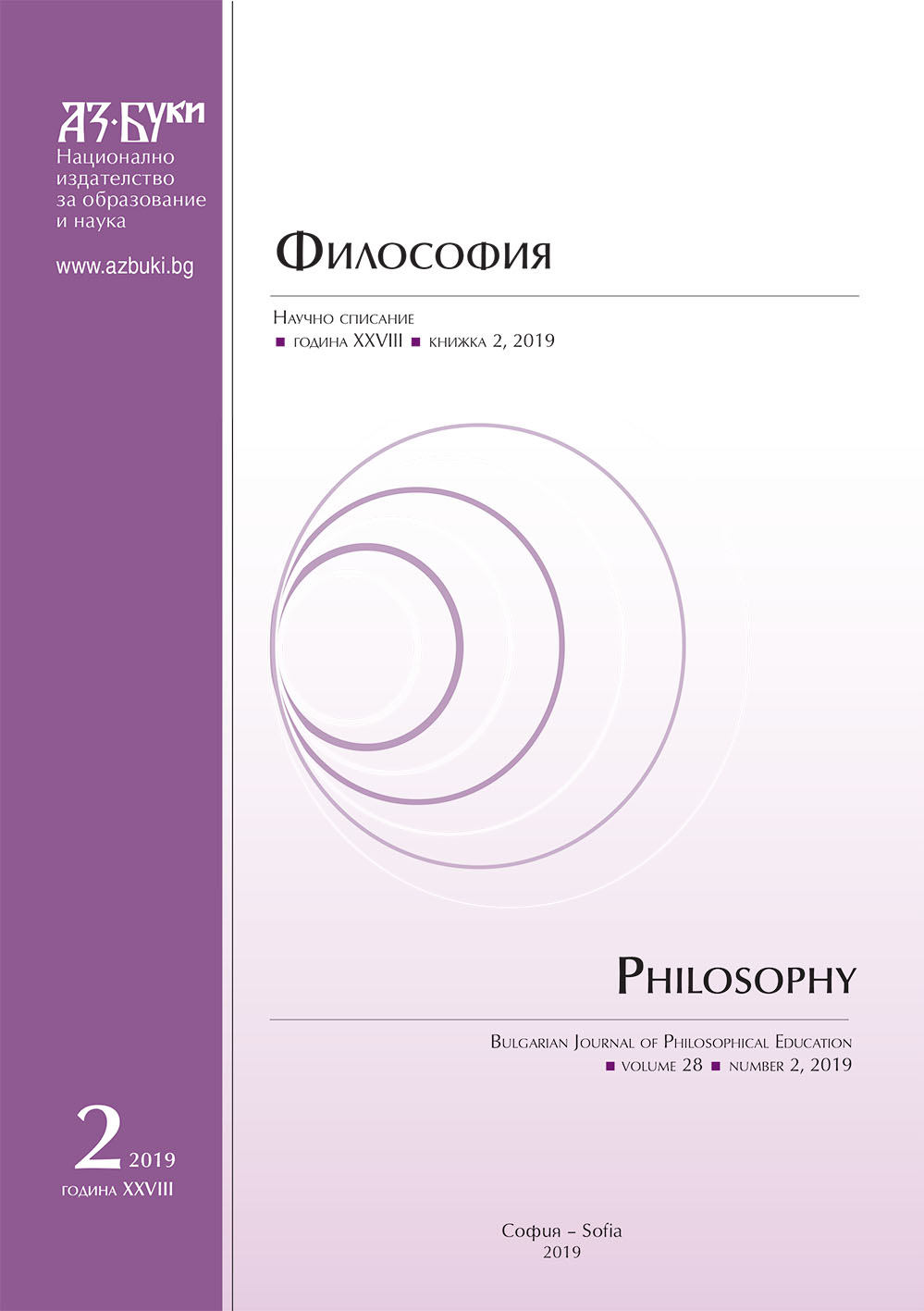National Identity – European Identity: Resemblance and Dissonance, Complementarity or Contention?
National Identity – European Identity: Resemblance and Dissonance, Complementarity or Contention?
Author(s): Liliya SazonovaSubject(s): Politics / Political Sciences, History, Anthropology, Philosophy, Social Sciences, Education, Cultural history, Psychology, History of Philosophy, Philosophical Traditions, Ethics / Practical Philosophy, Political Philosophy, Social Philosophy, Special Branches of Philosophy, Political Theory, History of ideas, Social history, Contemporary Philosophy, Political psychology, Cultural Anthropology / Ethnology, Culture and social structure , Adult Education, Higher Education , State/Government and Education, Individual Psychology, Organizational Psychology, Behaviorism, Inclusive Education / Inclusion, Philosophy of History
Published by: Национално издателство за образование и наука „Аз-буки“
Keywords: National identity; European identity; European Union; identity pattern; postmodern
Summary/Abstract: The debates about the relation between the national and European identity have recently gained a new impetus as a result of the growing national populism within the EU. In this regard, the article aims at elaborating the points of resemblance and dissonance between the identity-patterns of the two collective identities construction. In addition, it raises the question about the relation between national and European identity – do they compete with each other or they are parts of a bigger postmodern identity mosaic? In the first part of the research the main structural elements taking part in the National identity construction are discussed making a parallel with the European identity composition. In the second part of the text a more detailed analyses on the ethnic and civic model of identity construction is offered revealing two levels at which European identity is being created. Given that the majority of the academic work on the topic is more statistically or case orientated the article might be of interest due its fundamental approach.
Journal: Философия
- Issue Year: 28/2019
- Issue No: 2
- Page Range: 166-180
- Page Count: 15
- Language: English
- Content File-PDF

